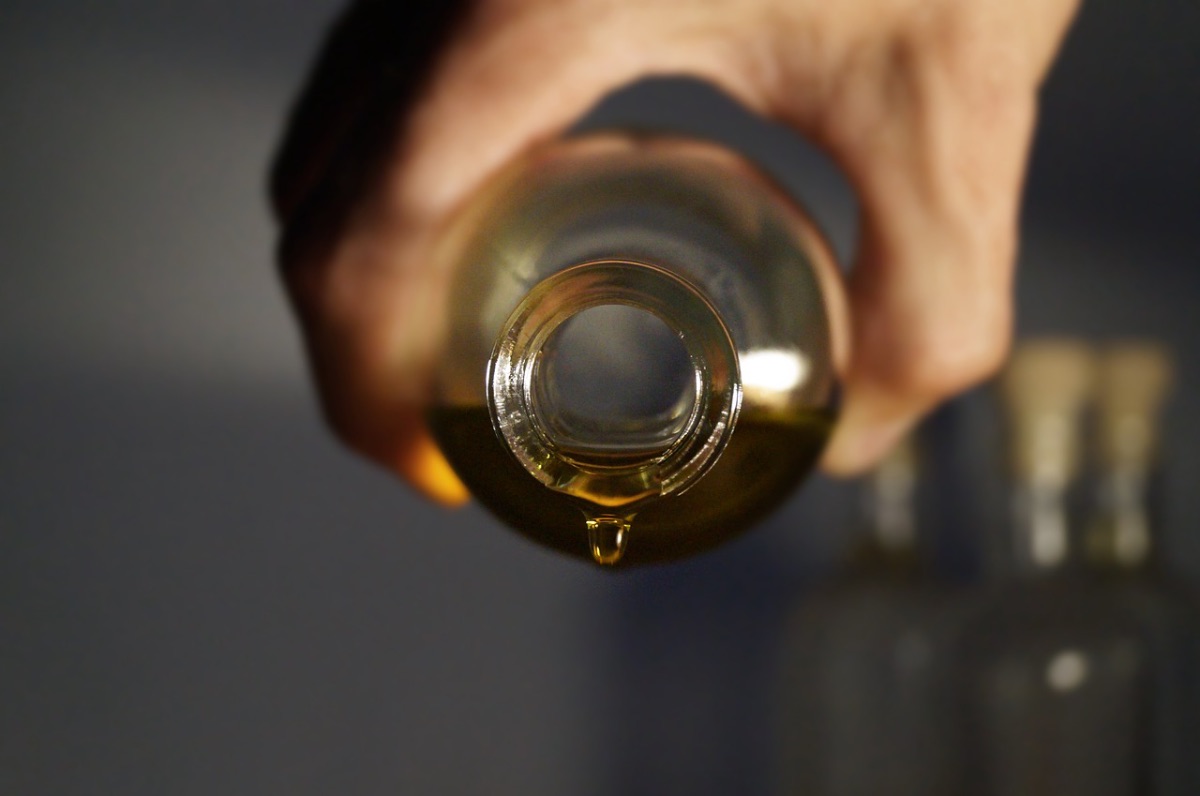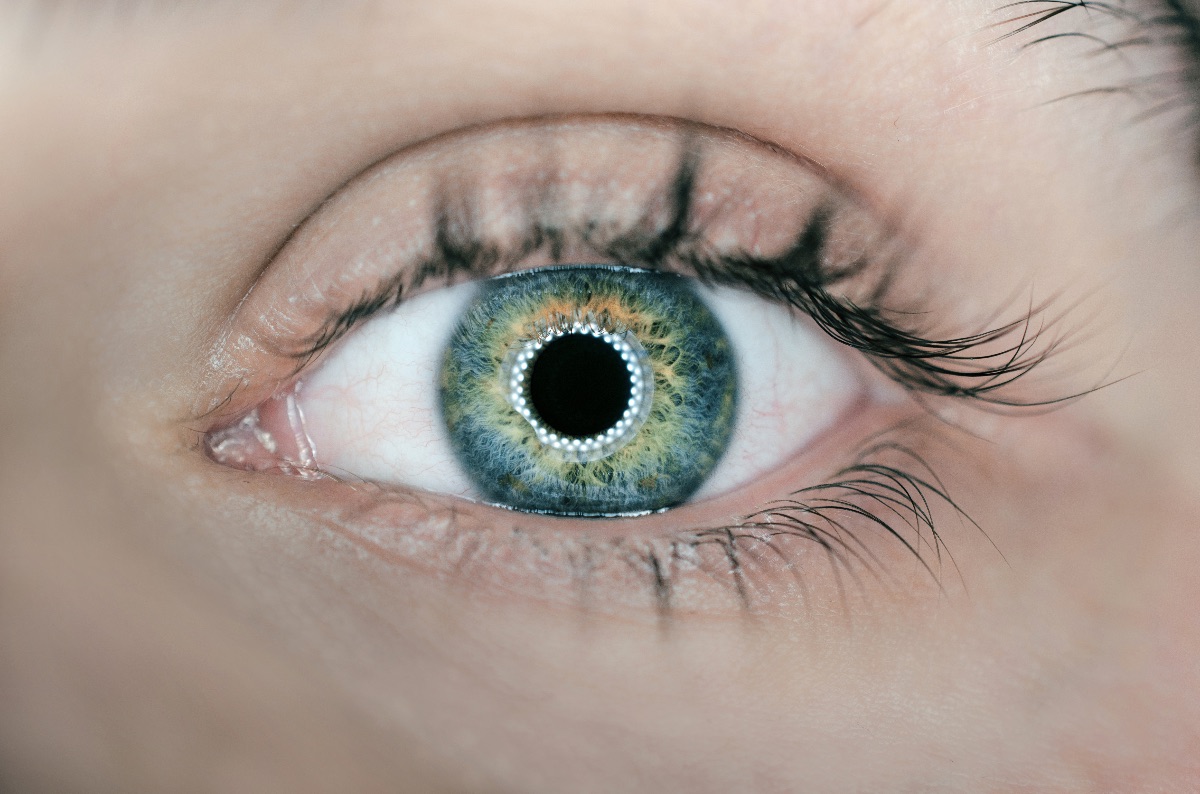
5 Daily Self-Care Practices to Implement This Year
The start of the new year is a wonderful time to reset intentions and adopt new and better methods of self-care. Also, Valentine’s Day may provide the inspiration to not only express love outwardly but to also give yourself a little self-love and extra care as well.
Daily self-care practices are more than pampering or the occasional spa day. According to Ayurveda, how we care for ourselves on a daily basis has an immense impact on our overall health. Though herbal supports and a nourishing diet are pivotal to good health, without daily self-care practices and a nurturing lifestyle, resilient, vibrant health will be hard to come by.
This article will describe some of the daily self-care practices that are time tested by ayurvedic sages and practitioners across millennia.
5 Daily Self-Care Practices
Abhyanga (Skin Oiling)

Abhyanga is one of several daily self-care practices that are especially helpful in the fall and winter months. However, for those who tend towards dry skin, it is beneficial, if not vital, practice all year round.
This daily self-care practice constitutes applying warm oil to your entire skin surface from head to toe. It can take just a couple of minutes or be as leisurely and luxurious as you have time for.
Abhyanga is a helpful and powerful practice for a number of reasons. In addition to keeping the skin smooth and soft, it serves as a protective energetic forcefield. If you think about water rolling off a duck’s back, a good quality coating of oil on one’s skin has a similar effect on an energetic level. Oil is helpful in cultivating ojas, one’s essential life-sap. Ojas is also the essential energy of the immune system. Good quality oil taken both internally and externally helps keep a body strong and resilient.
The best kind of oil to use changes a little depending upon the season and one’s constitution. Sesame oil is a warming, heavy oil and is preferential for the cooler months. Also, vata types, who tend to exhibit light, cool, and dry qualities, generally do well with sesame oil. For the hot months, and for pitta types who run warm, coconut oil is a good choice. Almond oil and sunflower oil are neither very heating nor very cooling and are good choices for kapha types who tend to have a moderate body temperature and thicker, softer skin (O’Donnell, 2015).
Abhyanga is classically performed before bathing. In order to do this self-care practice, massage oil into your skin some 20-30 minutes before taking a bath or shower. After giving your skin time to absorb the oils, bathe as usual, only soaping as needed. The warm water from your bath or shower will help the oils seep into your skin, and excess oil residues will be rinsed off.
Though this is the classical method of abhyanga, you may find that you don’t have 20-30 minutes to spare in the morning on a daily basis. In this case, it is fine to apply a thin coat of oil to your skin after bathing or while in the shower. For those with particularly dry skin, your body will likely soak up most of the oil anyway. Some ayurvedic practitioners consider abhyanga to be the number one daily self-care practice. Personally, all of the daily self-care practices are so valuable, I find it hard to choose, but abhyanga is definitely among my top three.
Garshana (Dry Brushing)
Dry brushing is another of the daily skin-care practices. It is in some ways similar to abhyanga and in other ways the opposite.
Dry brushing is most appropriate in the spring and late winter. It is a stimulating and drying practice and is best suited for the cool, damp seasons when kapha dosha predominates. Dry brushing is also best for those who have moist skin or who suffer from sluggishness and water retention. It is a purifying and stimulating practice, and thus, is best for those with a kapha constitution as these are the folks who generally need a little more purification versus tonification.
Dry brushing should be performed on dry skin before bathing. You may use either a special body brush or a pair of silk garshana gloves. These items can be purchased either at natural food stores or online. When doing dry brushing, work in circular motions on the limbs and torso, circling toward the heart to encourage proper lymph drainage. It is possible to do both garshana and abhyanga as daily self-care practices. In this case, do garshana first, then abhyanga (O’Donnell, 2015).
Tongue Scraping

Once you get used to tongue scraping, it becomes like brushing your teeth—something you won’t want to go without. I recommend keeping your tongue scraper right next to your toothbrush as a reminder to include it in your morning oral hygiene routine. This practice is so indispensable that if I ever forget my tongue scraper while traveling, I inevitably need to seek out the closest natural food store to purchase a new one. Luckily, tongue scrapers are fairly easy to come by these days. The stainless steel or copper variety is best. A spoon can suffice, but I find the U-shaped stainless steel or copper type to be much more effective.
It is best to scrape your tongue first thing in the morning to remove the excess film that tends to accumulate on the tongue overnight. Scrape from back to front several times, rinsing the tongue scraper off in between. You can expect your tongue to look cleaner and pinker after scraping. If you find that you have a substantial film that hangs around even after scraping, this likely indicates that you have an accumulation of ama, or undigested food toxins. This means that it may be time to lighten up your diet a bit and to consume more digestive spices, such as ginger, coriander, black pepper, and cumin. If you persistently notice a thick film on your tongue, you may want to seek out a consultation with an ayurvedic practitioner.
Not only will tongue scraping make your mouth feel cleaner and fresher, but it is also recommended in Ayurveda as a digestive aid. Ayurveda teaches that tongue scraping works reflexively on the tongue, stimulating the agni, or digestive fires. Therefore, it is best to tongue scrape in the morning, to awaken your appetite for the day.
Jal Neti (Nasal Rinsing)
Jal means water in Sanskrit, and jal neti is the practice of nasal cleansing using salt water. You may have noticed neti pots gaining popularity as a preventative measure for allergies and colds. Neti pots and little packets of neti salt can be purchased in natural food stores, online, and even in drug stores and pharmacies. This ancient ayurvedic practice not only clears out your nasal passages by sweeping away excess mucous and potential allergens, but it also helps clear the mind. This is because our prana, or vital force, is carried on the breath. Prana vayu, which is an important energetic force in the body, governs inhalation, as well as the senses, mind, and heart consciousness (Frawley, 2000). So, by clearing your airways, you also clarify your pranic pathways! Yet another reason to make jal neti one of your routine daily self-care practices.
There are specific guidelines for doing jal neti. If done properly, it is a pleasant and even enjoyable process. However, if done incorrectly, it can be quite uncomfortable. It may take a few tries to get it right, but once you get the correct method, it will be smooth sailing every time. Here are a few tips.
- Always use purified water. To be on the safe side, you can use distilled water to eliminate the threat of any harmful contaminants.
- Warm your neti water to body temperature. A thermometer isn’t necessary. I go by touch. Dip a clean finger into your neti water. If the water feels barely warm to your skin, it is the right temperature. There are a few ways to achieve the optimal temperature. One way is to heat your water on the stove and let it cool to approximately body temperature. A second method is to mix heated water with room temperature water until you get the right balance. The final method is to simply microwave your neti pot, water and all for 20-30 seconds.
- Once you get the water temperature right, add salt. You can purchase special neti salt. However, any pure, finely ground salt will do. It is best to avoid commercial table salt that has added iodine and anti-caking agents. A finely ground, pure sea or rock salt will work just fine. An eighth of a teaspoon of salt is a good amount. Some people may need a little more. This depends on the salinity of your own body.
- Lastly, it all comes down to the head tilt! Gently pour the warmed water in through one nostril, allowing it to pass freely out the other. In order to do this, you will need to tilt your head to the side at an angle. The exact angle may vary a bit from person to person, but when you get everything lined up right, you will barely feel the water passing through. Blow your nose after rinsing. Sometimes you will be surprised, if not horrified, at what comes out!
- As a final step, Ayurveda recommends applying just a bit of oil to the nostrils after rinsing. Use your fingertip to apply a tiny bit of sesame or sunflower oil to your cleansed nostrils. This will help prevent any excessive dryness and will further protect the nasal passages against irritating pathogens and allergens.
Eye Bathing

One of the ways we preserve the longevity of something is by keeping it clean. This applies to our eyes and vision, and eye bathing is another of the daily self-care practices that is a wonderful way to take care of one of your most vital sense organs.
You may have tried rinsing your eyes with a saline wash. Ayurvedic eye bathing is quite similar, except it uses a combination of purified water and rose hydrosol. According to Ayurveda, the eyes are linked to the fire element and to pitta dosha. Roses are cooling, nourishing, and help balance out the excess fire. Also, if you tend to get itchy or red eyes due to allergies, eye bathing will help rinse away allergens and will refresh and soothe tired or irritated eyes. Eye bathing can be done in the morning or evening.
Here’s how to perform this simple daily self-care practice:
- You will need an eye rinse cup. This can be purchased at most drug stores where you buy saline washes for the eyes.
- Fill your cup halfway with room temperature, purified water. Fill the other half with rose hydrosol. Do not use rosewater that is made with essential rose oil, as essential oils are very harmful to the eyes and should never be used in an eye rinse.
- Rinse one eye at a time. Keep your eyes open and cover with the filled eyecup, tilting your head back. Move your eyeball around a bit, keeping the eye covered for a few seconds. Pour out the liquid in the eyecup and repeat with the other eye.
Any good ayurvedic practitioner will tell you that it is better to make change slowly and gradually than to try to change everything at once. If these daily self-care practices are new to you, it is best to go slowly — adopting one new practice at a time.
Developing a rhythm of self-care isn’t about sticking to a rigid routine or doing something that feels forced, robotic, or overwhelming. As you incrementally assimilate these daily self-care practices into life, they become natural and enjoyable and will do wonders to support your overall well-being.
Also, by learning to take care of yourself through your daily habits and choices, you gain a certain amount of influence over your own health. Ultimately, “whatever we can do for ourselves to improve our own health is more effective in the long run than what another person can do for us” (Frawley, p. 59, 2000).

REFERENCES
Frawley, D. (2000). Ayurvedic healing. Twin Lakes, WI: Lotus Press.
O’Donnell, K. (2015). The everyday Ayurveda cookbook. Boulder, CO: Shambala Publications, Inc.








